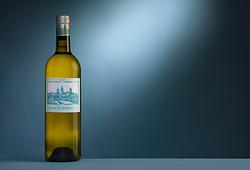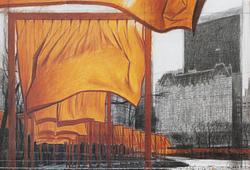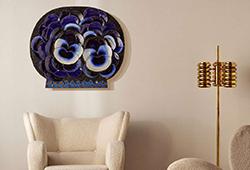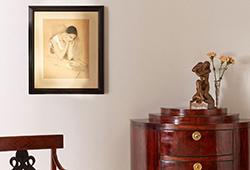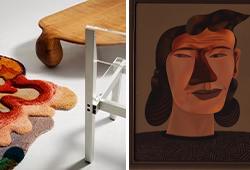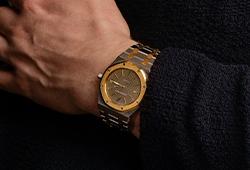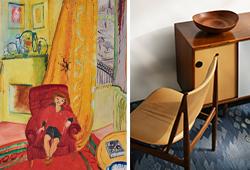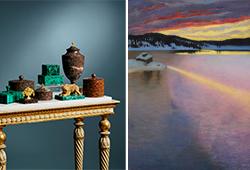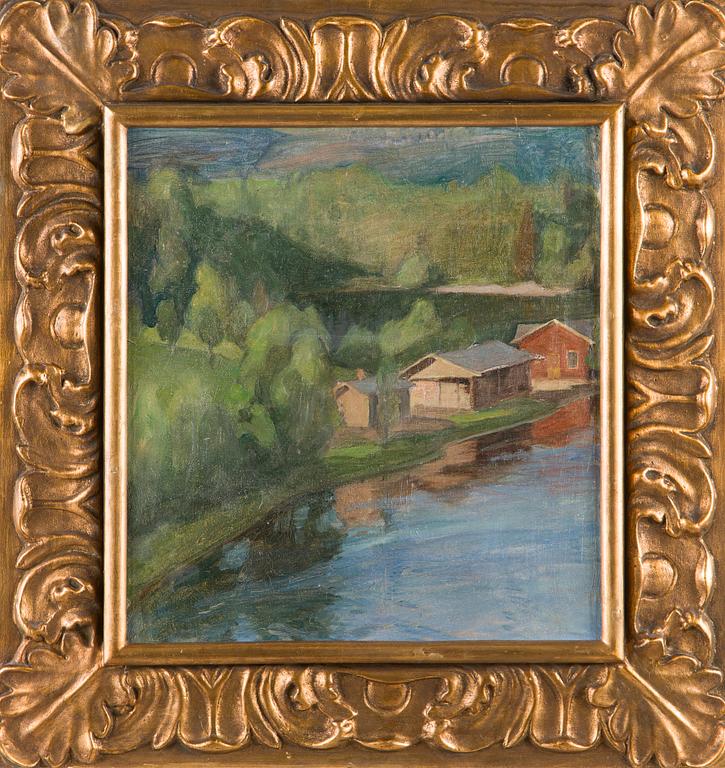Pekka Halonen
Pekka Halonen, "Sillankorva Kesällä"
Ei signeerattu. Merkitty 'P.Halonen Myllykylä 1902' a tergo. Öljy kankaalle, 37x34 cm.
Iänmukaista kulumaa.
Alkuperä - Provenienssi
Taiteilijan suku.
Näyttelyt
"Matkalla- Hannu Kauppi Pekka Halosen vieraana", Halosenniemen Museo, 13.9.-16.11.2003.
"Lankomiehet", Halosenniemen Museo, 19.11.2005-10.2.2006.
"Sielun Peili-Pekka Halosen kansankuvauksia ja maisemia", Halosenniemen Museo, 20.11.2007-4.5.2008.
Kirjallisuus
Outi Hämäläinen, "Pekka Halonen", WSOY 1947, kuvattuna s.44.
Aune Lindström, "Pekka Halonen-Elämä ja Teokset", WSOY 1957, nro 256.
Taiteilija
The artist Pekka Halonen is closely associated with Finnish art, known for his realistic and simple depictions of the Finnish people and nature. Halonen was born in 1865 in Lapinlahti and belonged to a large farming family with several talented artists and musicians as relatives. In 1890, he received a scholarship that enabled him to travel to Paris and study at the Académie Julian. Halonen then continued his studies under Paul Gauguin at the Académie Colarossi in Italy. Like several contemporary Finnish artists, such as Akseli Gallen-Kallela, Halonen eventually returned to his homeland to explore themes in the Finnish wilderness.
Early in his career, Halonen primarily worked in the French Impressionist style, but later his painting evolved into a more monumental approach with subdued colors, often depicting themes from Finnish rural life like 'Road Builders in Karelia' (1900). Colors dominated Halonen's work; he was a virtuoso colorist. The Finnish nature held a central role in Halonen's art, and in his numerous landscape paintings, one can also discern clear influences from symbolism and japonism.
Lue lisää



